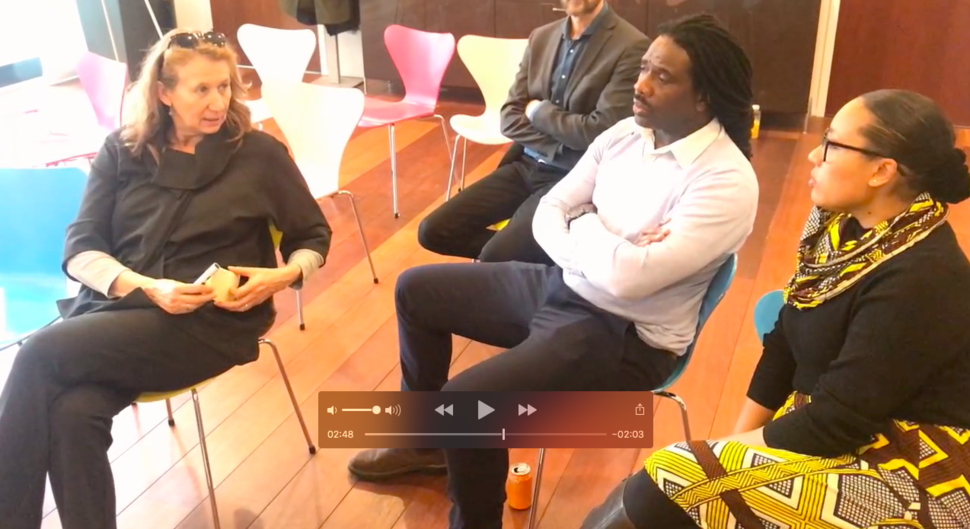
Social:
We discussed 2 issues related with public space; functioning of the public space and taking care of the public space.
The first question deals with who is at the space, what happens at the space and what the functions are. The second issue questions how the public spaces in Zuidoost are being taken care of as cleaning, garbage and maintenance (handhaving).
This case will also include the study of behaviour in public space in relation to ownership in public space. The freedom to act and actual ownership will be components of this study. With the idea that if a person feels that the space is theirs, they will be more tended to take care of it. Another aspect of this study is to raise awareness of different behaviour in public space (like the groepsmannen, in relation to passers by).
Data:
There is already an API for which trash is there and about the trash collections. These can be looked at as the first step.
The problem can be reframed as the public space not being used in the intended function.
Rhythm in the sense of data is concerned about two types of distributions; time distribution and location distribution. An example data question is, 'How much thrash is dumped in certain areas of the city and what time patterns can be observed in the way people generate thrash?.
Interesting datasets:
- Lighting of the public space, energy data.
- Maintenance data.
- Meldingen Openbare Ruimte Amsterdam (MORA)
- Afval container API